Pinched nerves, a common yet often misunderstood condition, occur when undue pressure is applied to a nerve by surrounding tissues,…
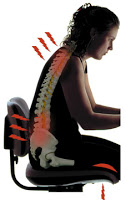

Pinched nerves, a common yet often misunderstood condition, occur when undue pressure is applied to a nerve by surrounding tissues,…
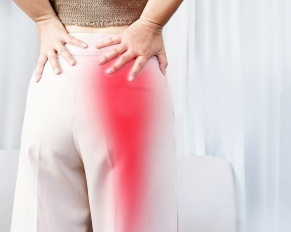
Sciatica, characterized by its hallmark symptom of nerve pain shooting down the leg, stands as a significant health concern for…

A slipped disc, also known as a herniated disc, is a prevalent condition that can cause significant back pain and…
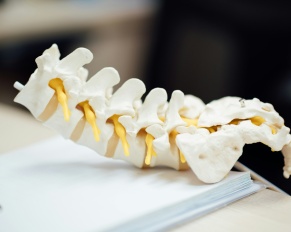
Understanding Facet Arthrosis: A Guide to Spinal Health Facet arthrosis, also known as facet joint arthritis, poses a significant challenge…

Lumbar laminectomy, a surgical procedure designed to alleviate back pain and discomfort caused by spinal stenosis, has emerged as a…

In today’s fast-paced world, back pain has emerged as a common ailment affecting individuals of all ages, such as the…
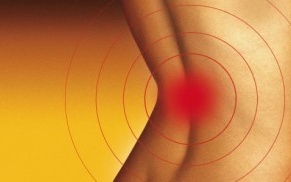
Back pain is a prevalent issue that affects individuals of all ages, but it holds particular significance in the realm…

We’ve all seen the pictures of the hunched-over elderly person who has to walk with a cane. It’s one of the first things that come to mind when we think of older folks’ ailments… back problems. But is back pain a normal sign of aging? Does it really have to be this way? Must we suffer with back problems, medical conditions of the spine, and back pain, just because we’re headed toward our senior years? The answer is an unequivocal ‘Absolutely not! Back pain is not an inevitable, unavoidable part of getting older. In fact, many people throughout the country find that ‘aging gracefully’ includes aging without having to suffer with it.
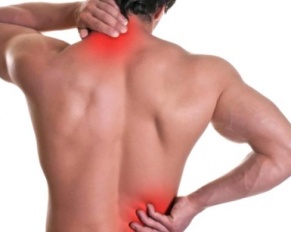
Medical experts rank back pain as one of most common medical conditions, affecting an estimated 80% of all Americans at some point during their lives. What makes back pain particularly troublesome, is that it is a medical condition that affects people of all ages, genders, and ethnic backgrounds. But what exactly causes back pain?
An adult spine consists of a stack of 24 bones called vertebrae, plus the bones of the sacrum and coccyx. These bones support the human body and protect the spinal cord’s major column of nerve fibers connected to the brain. These fibers run through the vertebrae via the spinal canal. Between each vertebra are discs made of cartilage and filled with a gel-like material, these act similar to a shock absorber. Also, ligaments, muscles, tendons and small joints called facets help hold the vertebrae together.
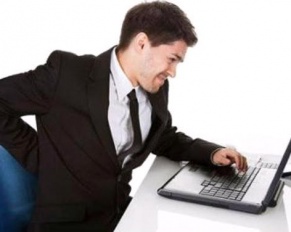
Back pain affects up to 8 in 10 people at some point during their lifetime. Back pain is common in part because the spine is central to many of our daily activities, whether strenuous or not. The spine consists of 24 interlocking vertebrae, which are divided into three types: cervical, thoracic, and lumbar. Fibrous ligaments, discs, and muscles connect these bones, allowing for a combination of stability and flexibility to allow us to perform a variety of daily activities.
While we typically think of sitting as a restful activity, prolonged periods of sitting can lead to chronic back pain. Today’s lifestyles often involve significantly more time spent sitting than in previous decades. We all can enjoy the modern luxuries of being able to watch TV, browse the Internet, or order in a precooked meal at the end of a long day of work. However, for many of us, that long day of work involves sitting at a desk, so we go from sitting at work to sitting at home. It has become increasingly recognized that spending many hours planted in a seat is actually detrimental to one’s health. While a brief period of sitting is natural, long periods of sitting typically place the spine and pelvis in an unnatural position for an extended time, leading to low back pain among other issues.